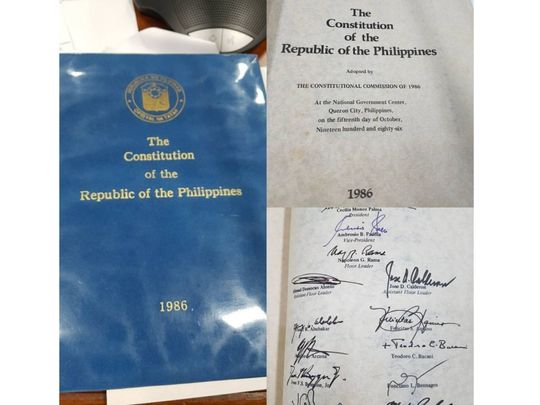

Manila: In the Philippines, the minimum paid-up capital of a corporation must not be less than Php5,000, or about $90. In Singapore, it’s $1.
It takes 28 days and 16 procedures to register a company in the Philippines. It’s 2.5 days on average in Singapore; in some cases, it takes as little as 15 minutes.
Manila policymakers must examine these metrics to improve the business climate and overall competitiveness. However, many attribute the country's economic challenges and low global ease-of-doing-business ranking to the Philippines' 1987 Constitution.
On one hand, it’s reductio ad absurdum: down the veiled and slippery slope of tweaking the Charter for its own sake which could weaken, instead of improve, its institutions.
On the other, the fresh momentum to amend the country's highest law, is kicking up excitement, aimed supposedly at making it in tune with the times.
One target: lift foreign ownership limits, thereby matching some of the moves done by the country's more prosperous neighbours.
The renewed drive to tweak the country’s organic law comes from two corners: a “People’s Initiative”, and from the Legislators themselves. Some, however, see it as playing with fire. Let's dive right into it:
The Philippines has had a total of 6 Constitutions. The previous constitutions are:
Constitutional experts consider the 1897 Constitution of Biak-na-Bato, Acts of the United States Congress (Philippine Organic Act of 1902), and the Philippine Autonomy Act of 1916 also as organic laws.
The 1987 Charter, ratified a year after the “EDSA Revolution”, has so far stood the test of time. It is now nearly four-decades old–without a single amendment being introduced.
It has seen the Philippines' per capita income grow from $606 in 1986 to $3,621 in 2022 — a nearly six-fold jump — according to a Congressional report.
HOT-BUTTON PROVISIONThe Constitution, ratified in a plebiscite, however, has a hot-button provision – the single-term, six-year limit for president and vice president.
Article VII, Section 4 reads: “The President and the Vice-President shall be elected by direct vote of the people for a term of six years which shall begin at noon on the thirtieth day of June next following the day of the election and shall end at noon of the same date, six years thereafter. The President shall not be eligible for any re-election. No person who has succeeded as President and has served as such for more than four years shall be qualified for election to the same office at any time.”
If this cap is scrapped, it would altogether change the political landscape in the Asian country.
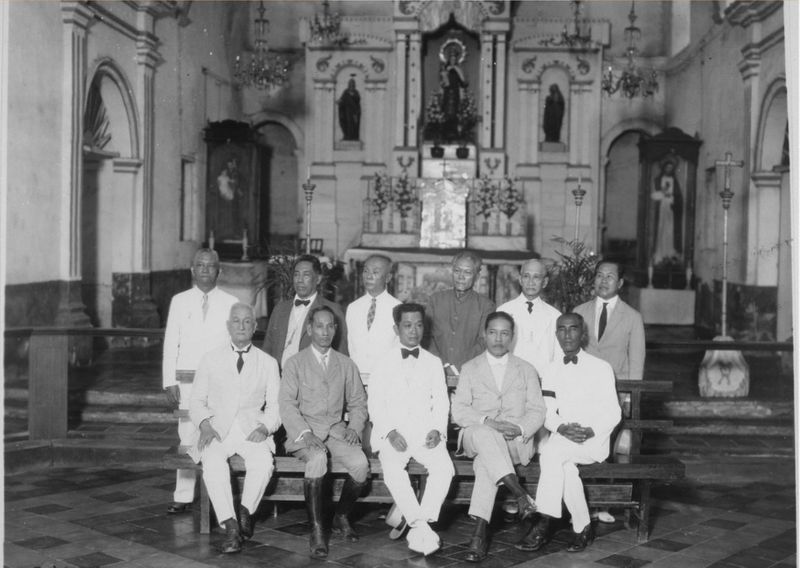
One intent is to scrap its supposed protectionist provisions. Local media reported that such moves are aimed to further improve the country’s competitiveness by further opening up its economy, particularly transport and public utilities, to the latest solution and foreign capital.
The general consensus aligns with this sentiment: everyone wants to see the nation hit the middle-income league. It is hoped that freeing up the country’s economic potential – to a level where other Asean neighbours have gone – would further boost its productive industries, notably manufacturing, utilities and agriculture.

As for moves to amend its key economic provisions, of particular interest are Articles XII (National Economy and Patrimony), XIV (Education, Science, Technology, Arts, Culture, and Sports), and XVI (General Provisions).
Paradoxically, the Constitution actually prescribes that education shall be allocated the biggest share of the national budget. Internet speed in the country has already improved dramatically.
There are also perceived failures in agriculture as a result of the 1987 Constitution.
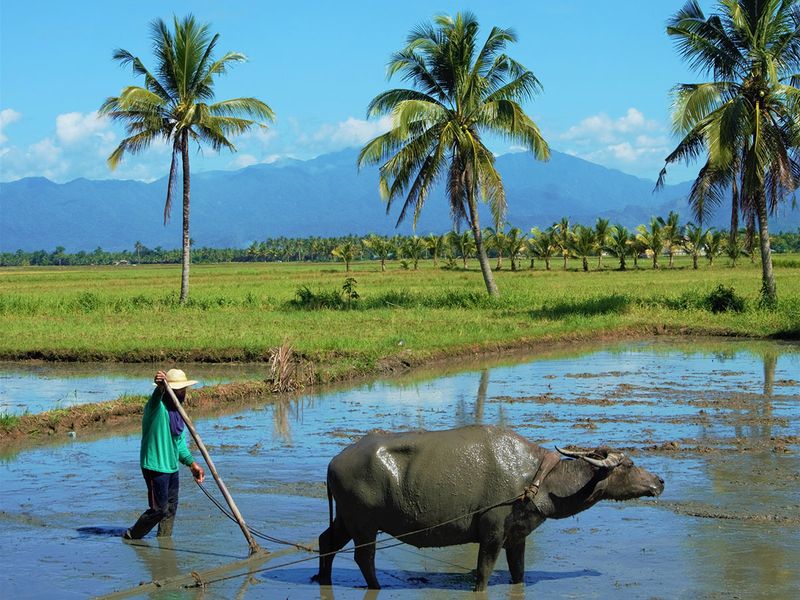
The nation grapples with elevated power costs, inadequate infrastructure, and the dominance of crucial industries by a select few families, distorting markets and impeding growth prospects.
For one, the Charter bans 100 per cent foreign ownership of land; foreigners are not allowed to own land except by hereditary succession or special law. This has deep underpinnings in tradition.
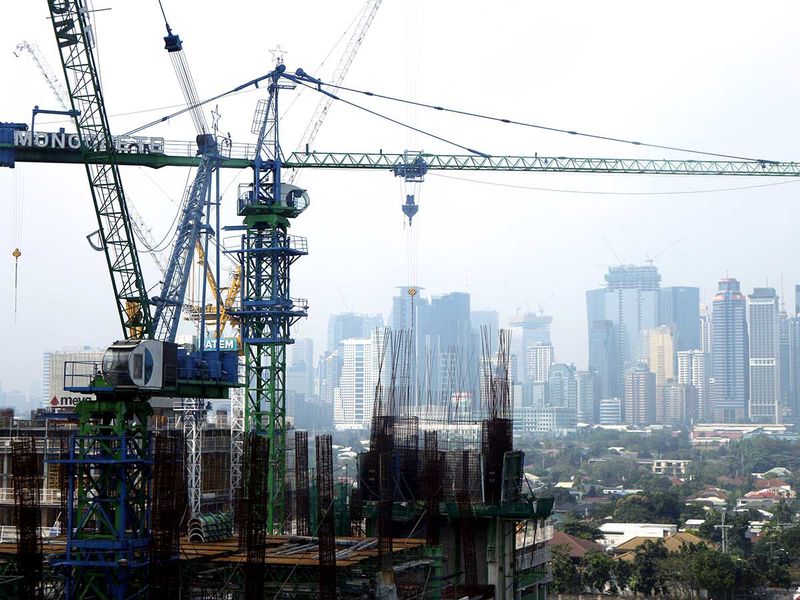
In terms of specifics, some scholars of the law cite a number of provisions, including Section 19:
“The State shall develop a self-reliant and independent national economy effectively controlled by Filipinos.”
The policy behind ownership limit is deeply rooted. What this means: outside the “free trade zones” or special economic zones, there’s no way a non-Filipino could call the shots in business.
Critics point out that most investors are OK signing contract of lease agreements on land, which is already allowed. While foreign ownership of land is a key sticking point, and remains a no-go, investors are not generally dependent on outright land ownership per se for investment decisions; rather, they are more concerned about transparency and bureaucratic processes.
PUBLIC UTILITIES VS PUBLIC SERVICESDespite challenges, the Philippines has made dramatic strides in addressing foreign ownership limitations, without changing the Constitution.
In 2022, the 1936-era Public Services Act (PSA) was amended. The changes, which kicked in on April 4, 2023, enable the liberalisation of "public services", permitting full 100 per cent foreign ownership in industries like:
• Airports
• Seaports
• Railways
• Expressways, and
• Telecommunications.
While the changes permit 100 per cent foreign investment in previously-restricted sectors, certain limitations persist in six designated "public utilities":
(1) Distribution of electricity,
(2) Transmission of electricity,
(3) Water and wastewater pipeline distribution systems, including sewerage,
(4) Petroleum and petroleum products pipeline transmission systems,
(5) Seaports, and
(6) Public utility vehicles.
Bottomline: These major policy changes took place without amending the Constitution.
The current Constitution, now 37 years old, has shown remarkable resilience. It has withstood many challenges: numerous military coups, a long-running communist rebellion, 7 presidents (there were 10 presidents under the five previous Constitutions) who promised to have it amended one way or the other.
And thus far, all attempts to lift the term limits (a hallmark of the 1987 Charter) have not succeeded. Will it succeed this time?
Critics of Charter change voice concern that this could open the floodgates for far-reaching changes, beyond the narrow economic agenda.
The Constitution is designed to be self-correcting. There are three ways provided by the Constitution for amendments or revisions to be carried out:
The Congress, upon a vote of three-fourths of all its Members (Constituent Assembly, Article XII, Section 1); or A constitutional convention (Concon, Article XII, Section 1); or People’s Initiative (or PI, Article XII, Section 2).
It sets the bar high for such changes to happen.
The Constituent Assembly, one of the three methods by which amendments to the 1987 Constitution may be proposed, is composed of all members of the bicameral Congress of the Philippines (Senate and the House of Representatives) to be convened by Congress.
Under this mode, members of the Congress are not acting as legislators but as members of a Constituent Assembly where one member is entitled to one vote individually and not through their respective Houses.
Constitutional convention is where the people–registered voters–elect delegates to propose amendments and revisions to the Constitution.
Article XII, Section 2 states: “Amendments to this Constitution may likewise be directly proposed by the people through initiative upon a petition of at least twelve (12) per centum (%) of the total number of registered voters, of which every legislative district must be represented by at least three per centum (3%) of the registered voters therein.”
Yes. All three methods require a majority vote in a national referendum.
1934 Constitutional ConventionThe 1934 Constitutional Convention marked a pivotal moment; it was the initial occasion under American rule when Filipinos were granted the opportunity to draft a fundamental law, paving the way for their journey toward autonomy and eventual independence.
There are two parallel moves both aimed at Charter change: a “People’s Initiative” (PI) and a Constituent Assembly moves.
The PI route indicates the most democratic approach to the Charter Change process. An ad campaign recently kicked off, with a patently anti-EDSA (EDSA-pwera) tone. And it works. Short of demonising the Constitution, the message is simple: The Constitution only makes a few people happy. It's unclear at this point who is bankrolling the ad campaign, and what's their end game in mind.
This, however, is not the first attempt of its kind. The prevailing legal context, based on the past Supreme Court ruling, shows the current People's Initiative proponents lack a legal foundation for their efforts without specific legislation enacted by the present Congress.
In essence, there may be challenges or limitations to the People's Initiative, sans proper legislative support from the current Congress.
One more: There are concerns raised by prominent figures including former Senator Ping Lacson that bribery – giving money to the electorate – could play a role in moving the PI forward. The PI route is also opposed by leading lawmakers, including Senate President Miguel Zubiri.
There’s another route: On January 15, 2024, Senate President Juan Miguel Zubiri introduced Resolution of Both Houses No. 6 (RBH 6), aiming to amend specific economic provisions of the 1987 Constitution that proponents of Charter change argue have impeded foreign investments.
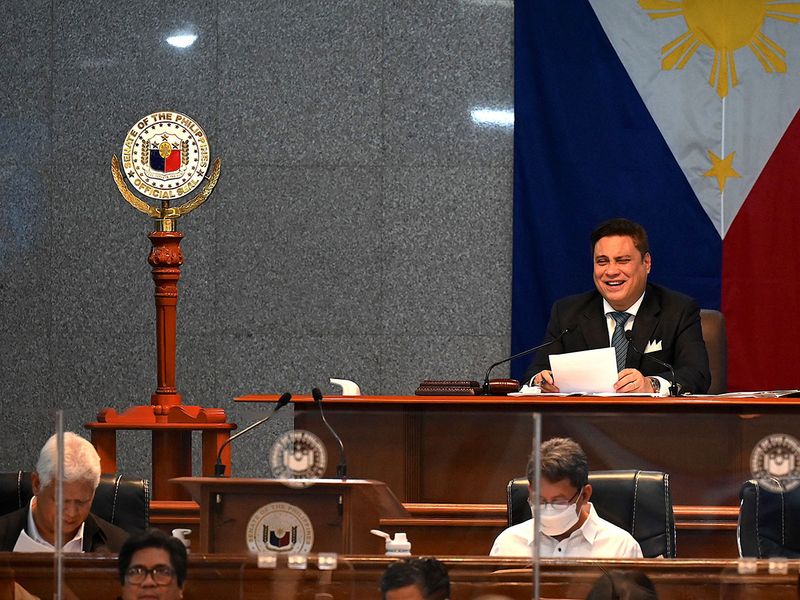
Zubiri outlined to local media his intention for the Senate to take the lead in reviewing the 37-year-old Charter, emphasizing that only economic provisions are under consideration.
He, along with Senate President Pro Tempore Loren Legarda and Sen. Sonny Angara, filed the resolution.
Moreover, Zubiri said he opposed the people's initiative campaign, emphasizing the simplicity and clarity of RBH No. 6, which focuses on amending Articles XII (National Economy and Patrimony), XIV (Education, Science and Technology, Arts, Culture and Sports), and XVI (General Provisions).
RBH No. 6 specifically aims to modify Section 11 of Article XII – potentially allowing Congress to enact laws relaxing the restriction on public utility ownership. The proposal also seeks to ease restrictions on the ownership of educational institutions, which currently limits ownership to basic educational institutions exclusively to Filipinos.
Furthermore, the resolution suggests inserting the phrase “unless otherwise provided by law” in Paragraph 2, Section 11 of Article XVI, potentially allowing foreign ownership in the advertising industry, if a specific law permits it.
Currently, the advertising industry is confined to corporations with at least 70-per cent Filipino ownership. The Senate Subcommittee on Constitutional Amendments, chaired by Sen. Angara, is expected to conduct hearings on the resolution.
Zubiri’s target: complete and adopt RBH6 by the Senate before the March recess. House Speaker Martin Romualdez welcomed Zubiri's support, emphasizing that amending the Constitution through a Constituent Assembly would address long-standing barriers to foreign direct investments.
Romualdez previously announced plans to pursue constitutional amendments in 2024 and encouraged local government leaders to support the people's initiative campaign.
There are those who believe, however, that the Philippine Constitution's protectionist posture is not the problem; rather, it is the solution.
For example, the Constitution imposes no limits on further boosting the “economic free zone” system.
The Philippines has a huge territory (Luzon alone at 109,965 km² is nearly three times bigger than the Netherlands at 41,850 km²).
Allowing free zones to thrive in each of the 17 Philippines regions–instead of being confined to certain areas currently favoured – would perhaps make progress more inclusive.
Take note: The world’s largest free trade zone is Jebel Ali in Dubai (which has a total of 28 free zones), an emirate of the UAE with a land area smaller than Camarines Sur province (5,267 km²), in eastern Philippines.
Camarines Sur’s poverty incidence at 29.8 percent in 2021 is the highest among Bicol provinces. It has zero free zones. Bicol has posted a poverty incidence of 26.1 per cent in 2021 (having risen from 21.5 per cent in 2018), thus making it one of the poorest regions, according to the journal Technoarete Transactions on Economics and Business Systems (March 2023).
To begin with, these zones attract foreign capital and the latest technology, generating additional employment opportunities and enhancing overall competitiveness.
Typically, enterprises within these zones benefit from a range of incentives, including customs tax exemptions, simplified customs procedures, tax holidays, streamlined business registration, expedited access to government services, and other regulatory advantages.
EASE OF DOING BUSINESS: WHERE THE PHILIPPINES STANDS• It takes 2.5 days on an average for a company to be registered with Singapore authorities, thanks to simplified procedures and quick clearance.
• In the Philippines, it takes 28 days with 16 procedures, according to a Sleek report.
• In the overall ease of doing business ranking, the Philippines is placed 124th, while Singapore is ranked 2nd.
• In global rankings on starting a business, the Philippines is placed 166th vs Singapore, ranked 3rd.
The question then arises: instead of exclusively offering these benefits to businesses within the free zones, why not embrace a whole-of-nation approach to simplify Customs procedures, expedite access to government services for all, and curb complexity, which breeds irregularities?
Love it or hate it, the renewed push for Charter change, as manifested by the "EDSA-pwera" ad, has done its magic to get people talking about it once more.
Philippines: Challenges, opportunities• Key challenges include poor infrastructure, urban traffic/squalor, port congestion, high power costs, regulatory inconsistencies, bureaucratic challenges, sluggish judicial system and corruption.
• These major investment deterrents, if addressed, could turned into opportunities.
• In addition to the Special Economic Zones, there are other bright spots.
• The Retail Trade Liberalisation Act (RTLA) and amendments to the Foreign Investment Act (FIA) have relaxed investment requirements and restrictions.
• The Philippines, too, has already made huge strides in broadband services, with the rapid and extensive rollout of fibre-to-the-home network, thanks to new competition in telecoms.
• Moreover, the 2021 Corporate Recovery and Tax Incentives for Enterprises (CREATE) Act has reduced corporate income tax rates, introduced performance-based fiscal incentives and grants more authority to the Bureau of Internal Revenue (BIR).
If moves to amend the Constitution push through, the Commission on Elections (Comelec) estimates that Php14 billion (about $251 million) may be needed for the plebiscite needed to ratify changes to the Charter.
To be sure, the 1987 Constitution is not a perfect document. Smarter laws and improved institutions could benefit the country's 110 million inhabitants. There are certain things going right for the country:
It has a relatively young population, with a mean age of under 26 years old. It's a key driver for consumption and production. Puttin those young minds and muscles to work could unleash economic wonders.
High foreign reserves:
Its central bank (BSP) is awash with cash ($102 billion), with gross reserves currently ranked 27th in the world–higher than Spain, Denmark and the European Union.
For 2024, Filipino lawmakers approved a $103.4 billion (Php5.768 trillion) national budget. The country's first sovereign wealth fund is finally up and running.
However, governance remains a challenge.
In 2019, Deputy Ombudsman Cyril Ramos cited that the Philippines ranked the 6th most-corrupt among Asia Pacific countries, losing an estimated $12.56 billion (Php700 billion) a year– around 20 per cent of the country's total budget appropriation.
A 2022 US State Department report stated: “Corruption, protectionist trade policies, high energy costs, poor infrastructure, and control of key industries by a small group of families continue to distort markets and hamper the Philippines’ economic growth potential.”
While challenges persist, progress is evident.
Dramatic strides are being taken to redefine the nation's economic landscape, improve peace and order, address extreme poverty, boost investments, create more opportunities and beckon a new era of prosperity.
Whether amendments to the Constitution, and the yet-unknown changes it may unleash, become part of that longed-for era, remains to be seen.